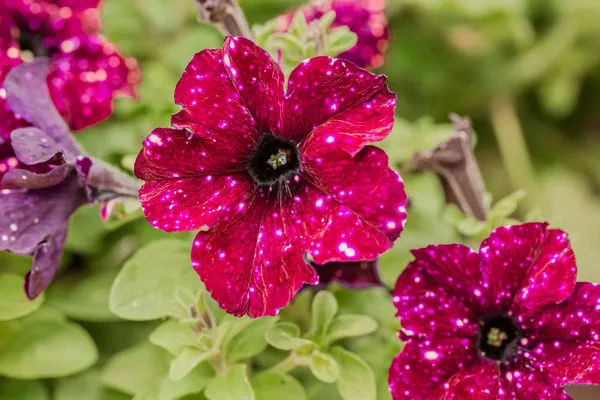In contemplation of a vibrant summer garden adorned with colorful flowers, The Mountain Gardener reflects on the potential repercussions of a rapidly changing climate on floral ecosystems. The joy of buzzing bumblebees, delighted hummingbirds, and content garden enthusiasts may face an unforeseen challenge.
A recent study conducted in France sheds light on the swift alterations occurring in flower reproduction over just 20 generations. The decline in bee populations, attributed to toxic pesticides and diminishing habitats, has prompted some flowers to adapt by increasingly fertilizing their own seeds, as opposed to relying on cross-pollination with other plants.
The featured study, led by Dr. Cheptou, an evolutionary ecologist at the University of Montpellier, was prompted by the alarming decline of pollinators. The investigation focused on field pansy flowers, which seem to be redirecting energy towards self-pollination in response to diminishing bumblebee populations.
While field pansies have traditionally employed both selfing and cross-pollination methods, the recent trend indicates a 27% increase in selfing since the 1990s. This evolutionary shift, revealed through a comparison of seeds from the National Botanical Conservatory in France collected in the 1990s and early 2000s, raises concerns about the potential genetic limitations imposed by increased selfing.
Noteworthy alterations also include a 10% reduction in flower size and a 20% decrease in nectar production in the newer field pansy specimens. These changes, while indicating a potential threat to pollinating insects, underscore the intricate balance between reproduction strategies and environmental challenges.
The study underscores the urgency of understanding how flowering plants navigate not only the consequences of reduced pollinator availability but also broader challenges like global warming. The latter accelerates flower growth, shortening the timeframe during which flowers provide nectar for pollinators and potentially impacting their survival.
Contrasting findings from a study on morning glories in the southern United States add complexity to the situation. While field pansies exhibit a reduction in flower size, morning glories in the studied region increased in size between 2003 and 2012. This raises questions about whether floral adaptation strategies may vary in response to changing pollinator dynamics.
Despite the challenges posed by these adaptations, there remains optimism that nature’s resilience will prevail, allowing ecosystems to find equilibrium in the face of a rapidly changing climate. The delicate dance between flowers and pollinators, as highlighted by these studies, serves as a poignant reminder of the intricate interplay between nature and environmental shifts.


